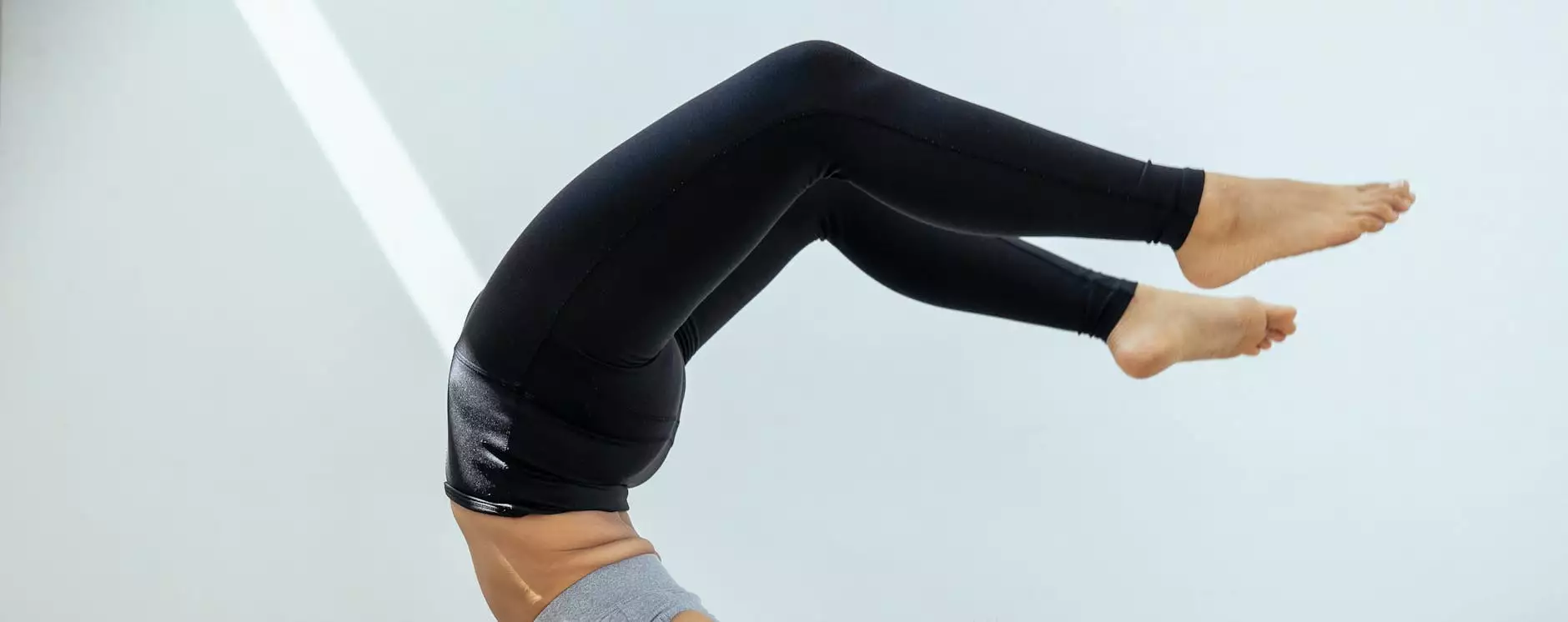6 Principles of Pilates
Pilates Principles
Introduction
Welcome to Shortcut Web Design's comprehensive guide on the 6 principles of Pilates. As a reputable website development company in the business and consumer services industry, we not only specialize in creating visually stunning websites but also believe in promoting a healthy lifestyle. Pilates, known for its amazing benefits for physical and mental well-being, is a perfect addition to our offerings. In this article, we'll explore the foundational principles of Pilates and how they can transform your exercise routine.
1. Concentration
One of the fundamental principles of Pilates is concentration. By focusing your mind on each movement, you can ensure that every part of your body is engaged and working towards your fitness goals. Concentration improves body awareness and helps you make precise movements, enhancing the effectiveness of your workout.
2. Control
In Pilates, control plays a vital role in executing each exercise with precision and stability. It is essential to perform movements in a controlled manner rather than relying on momentum. This emphasis on control improves muscle strength, stability, and overall body coordination, leading to better posture and alignment.
3. Centering
The centering principle of Pilates focuses on developing a strong core. Your body's powerhouse, consisting of the muscles in your abdomen, lower back, hips, and glutes, provides stability and supports movements in other parts of your body. By strengthening your center, you can achieve better balance, flexibility, and overall body strength.
4. Breath
Breathing is a critical aspect of Pilates exercises. Proper breathing techniques help oxygenate your body, improve circulation, and connect the mind and body. In Pilates, the emphasis is on rib cage breathing, where you inhale deeply through your nose, expanding your rib cage, and exhale fully through your mouth. This breathing technique enhances relaxation, concentration, and control during each movement.
5. Precision
Precision in Pilates ensures that each movement is performed with accuracy and awareness. By focusing on quality rather than quantity, you can achieve optimal results. Paying attention to details such as alignment, muscle engagement, and joint stability enhances the effectiveness of your workout, reducing the risk of injuries.
6. Flow
The principle of flow emphasizes smooth and continuous movement during a Pilates session. Each exercise should seamlessly transition into the next, promoting a sense of fluidity and rhythm. Flowing movements not only challenge your muscles but also promote relaxation and a mind-body connection.
Conclusion
Incorporating the 6 principles of Pilates into your exercise routine can bring about transformative changes in your physical and mental well-being. As Shortcut Web Design, we understand the importance of a holistic approach to life, including physical fitness. Our expertise in website development for businesses in the business and consumer services industry is complemented by our commitment to promoting a healthy lifestyle. Whether you're a beginner or an experienced individual looking to enhance your Pilates practice, understanding and embracing these principles will help you achieve your goals. Start incorporating them into your workouts, and experience the numerous benefits of Pilates for yourself!










